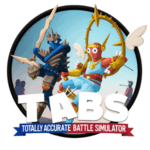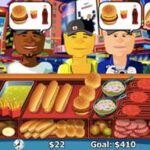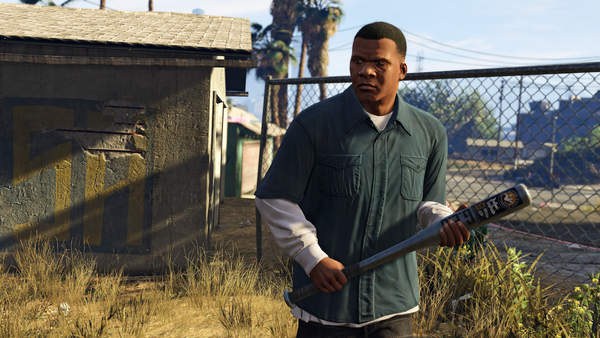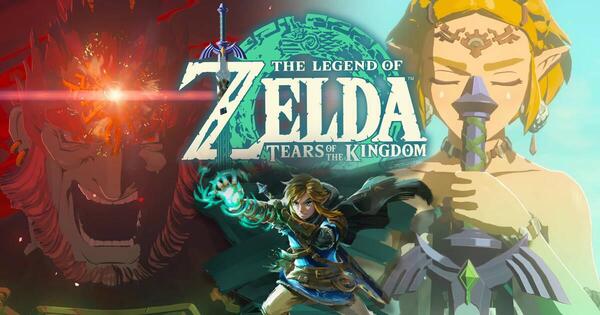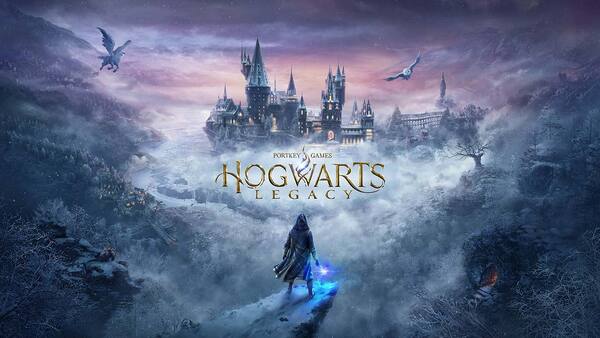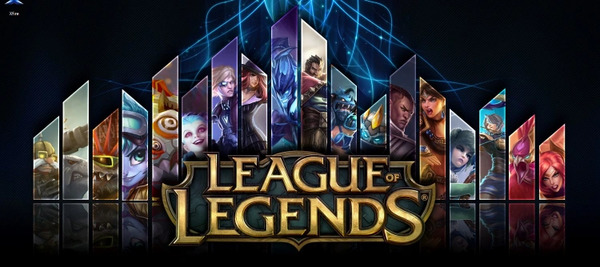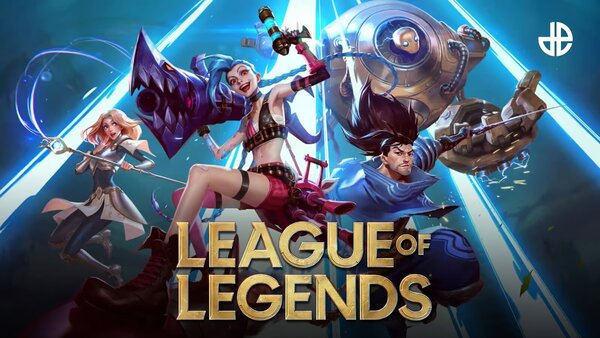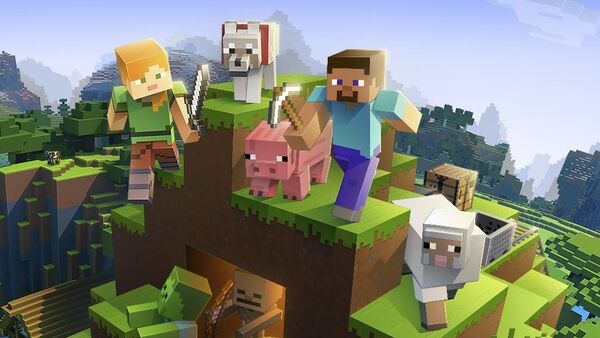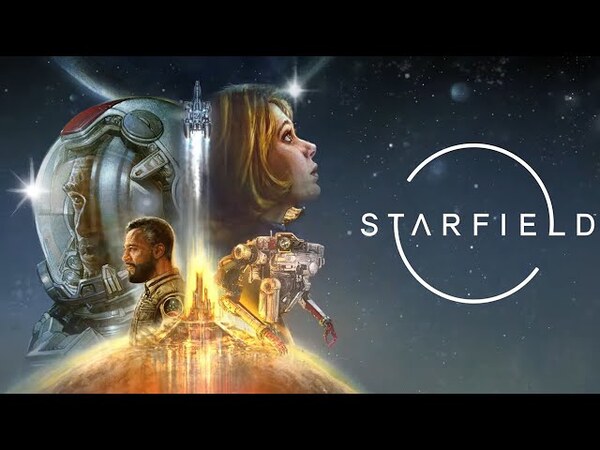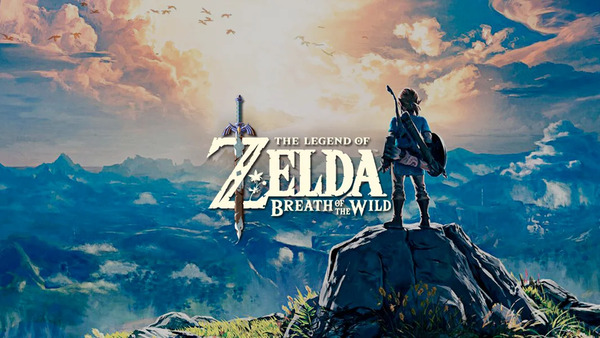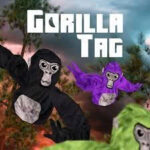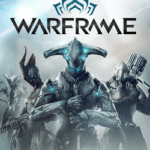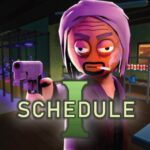Roblox is not just a game—it’s an expansive online platform that empowers users to play, create, and socialize in an ever-evolving digital universe. Since its public launch in 2006, Roblox has become one of the most influential forces in gaming, especially among younger audiences. With millions of user-generated games and experiences, Roblox has grown into a global phenomenon that blends game development, virtual economy, and community-driven innovation. Whether you want to explore obstacle courses, simulate real-life professions, or create your own interactive experience, Roblox offers endless possibilities. It stands at the intersection of creativity, entrepreneurship, and entertainment—redefining what it means to play and create in the digital age.
1. The Origins and Evolution of Roblox
Roblox was founded by David Baszucki and Erik Cassel, with the idea of creating a platform where users could learn through creation. Initially known as “Dynablocks,” the project evolved into Roblox and launched publicly in 2006. The early platform focused on physics simulations and basic building tools, but it gradually expanded as more users began developing their own games. Over the years, the company invested heavily in tools and infrastructure to support creators, and user engagement grew steadily. By the mid-2010s, Roblox had cultivated a large and loyal base of young users. Its massive breakout came during the late 2010s and early 2020s, especially during the COVID-19 pandemic when online interaction became essential. Today, Roblox is a multibillion-dollar platform with over 65 million daily active users and a thriving creator economy. Rating: 4.9 out of 5 for growth and innovation
2. Core Gameplay and User Experience
Unlike traditional games with linear objectives, Roblox is a platform where each experience is created by the users themselves. Players can explore an ever-changing catalog of games (known as “experiences”), ranging from tycoons, roleplaying simulations, and racing challenges to intense PvP combat and puzzle solving. There is no single way to play Roblox, which is part of its appeal. The user interface is clean and adaptable across mobile, PC, Xbox, and even VR devices. Players create avatars, socialize with others, and personalize their gameplay preferences. The platform uses a virtual currency called Robux to purchase items, upgrades, and cosmetics, enhancing the user experience and supporting creators. Rating: 4.8 out of 5 for variety and accessibility
3. Roblox Studio and the Power of Creation
At the heart of Roblox’s success lies Roblox Studio, the free development environment that allows users to build their own games using the Lua programming language. This tool is both accessible to beginners and powerful enough for advanced creators. Roblox Studio provides drag-and-drop tools, physics systems, terrain editing, animation tools, and scripting capabilities. With these, users can design anything from simple hobby projects to full-fledged multiplayer games. Developers can test their games, collaborate with others, and publish to the platform with a few clicks. Many successful developers on Roblox started as hobbyists and eventually built games that generated millions of plays—and income. Rating: 5.0 out of 5 for empowerment and development potential
4. Monetization and the Roblox Creator Economy
Roblox introduced a robust monetization model that rewards creativity and effort. Developers can earn Robux by offering premium content, game passes, in-game purchases, or subscriptions. These Robux can then be converted into real-world currency through the Developer Exchange (DevEx) program. Some top Roblox developers have built businesses and earned substantial incomes from their games. The platform also supports microtransactions with cosmetic items, accessories, and animations for avatars. While monetization is entirely optional, it has become a significant driver of content quality and innovation. This ecosystem encourages creators to refine their work and offers a viable career path in digital creation. Rating: 4.9 out of 5 for creator support and entrepreneurship
5. The Roblox Community and Social Engagement
Roblox is highly social. Players can chat, join groups, attend events, and even co-create games. The platform encourages collaboration through shared development and player feedback loops. In-game events like concerts, themed challenges, and seasonal updates often bring players together in massive numbers. Roblox also promotes digital citizenship and community guidelines to maintain a safe and inclusive space, especially for its younger users. Parents are given tools to monitor activity, restrict chat, and set spending limits. The community is diverse, global, and deeply invested in the experiences it helps build and share. Rating: 4.6 out of 5 for community engagement and safety efforts
6. Visuals, Audio, and Aesthetic Flexibility
While Roblox doesn’t boast the high-fidelity graphics of AAA games, its visual style is deliberately simple to ensure accessibility and performance across devices. This simplicity also gives creators flexibility in designing unique looks and experiences. Developers can import custom assets, animations, and soundtracks, leading to a wide range of artistic styles. Some games go for realism, while others lean into cartoonish or experimental visuals. The music and sound effects vary depending on the game, with some developers using royalty-free libraries or creating their own original audio. Roblox’s engine has improved over time with lighting, shaders, and mesh deformation, allowing for more dynamic environments. Rating: 4.4 out of 5 for flexibility and creative range
7. Educational Value and Skill Development
Roblox isn’t just for entertainment—it has strong educational potential. Many schools and organizations have incorporated Roblox Studio into coding and game design curricula. The platform teaches valuable skills such as logic, programming, 3D modeling, project management, and teamwork. Roblox Education offers structured learning paths and tutorials for students and educators. For younger users, simply playing Roblox helps develop spatial reasoning, problem-solving, and digital literacy. Events like the Roblox Hack Week and Game Jams also challenge developers to innovate and collaborate. It’s a space where entertainment meets STEAM (science, technology, engineering, art, math) learning. Rating: 5.0 out of 5 for educational impact
8. Events, Partnerships, and Brand Collaborations
Roblox has hosted high-profile virtual events that blend entertainment, marketing, and gameplay. From concerts with Lil Nas X and Twenty One Pilots to brand activations with Nike, Gucci, and Netflix, the platform is increasingly becoming a metaverse-like space for digital engagement. These events often include interactive experiences, exclusive items, and challenges that engage millions of players. Roblox has also partnered with nonprofits and educational institutions to host awareness campaigns and learning experiences. These collaborations expand the platform’s cultural relevance and attract users from beyond the traditional gaming space. Rating: 4.7 out of 5 for entertainment and branding innovation
9. Limitations, Criticisms, and Platform Challenges
Despite its many strengths, Roblox is not without controversy. One major concern has been moderation, especially regarding inappropriate content slipping past filters. Roblox has implemented more AI tools and human moderation, but with millions of daily uploads, issues still arise. Monetization can also lead to aggressive upselling in some games, which may confuse younger players. Critics have also pointed out revenue splits that favor Roblox Corporation over small developers, sparking debates about fair compensation. Additionally, performance inconsistencies and occasional bugs remain concerns for both players and creators. However, the platform has shown a willingness to adapt and improve based on user feedback. Rating: 3.9 out of 5 for transparency and content moderation
10. Roblox’s Future and Its Place in the Digital World
Roblox’s vision extends far beyond gaming. With advancements in avatars, voice chat, spatial audio, and immersive 3D technology, the company aims to build a metaverse where people work, learn, and socialize virtually. The launch of Roblox on VR headsets and other platforms signals a push into immersive computing. Roblox is also investing in AI tools to support creators and enhance user-generated content. As more creators, brands, and institutions explore the platform, Roblox could become a central hub in the digital future. Whether you view it as a game, a social space, a creative engine, or a marketplace, Roblox is defining the next generation of interactive media. Rating: 5.0 out of 5 for vision and forward momentum
Conclusion: Roblox as a Creative Ecosystem and Cultural Powerhouse
Roblox is more than a playground for kids—it is a fully realized digital universe that empowers anyone to build, share, and profit from interactive experiences. Its blend of gaming, social interaction, education, and entrepreneurship makes it one of the most versatile platforms in the world today. While it faces challenges in moderation and economic equity, its strengths far outweigh the drawbacks. Roblox is not only shaping how people play—it’s shaping how they learn, connect, and imagine the future. Whether you’re a player, a parent, a developer, or a dreamer, Roblox offers a space where creativity truly has no limit.
Final Overall Rating: 4.8 out of 5
Roblox isn’t just a platform—it’s the launchpad for the next generation of gamers, creators, and digital pioneers.




